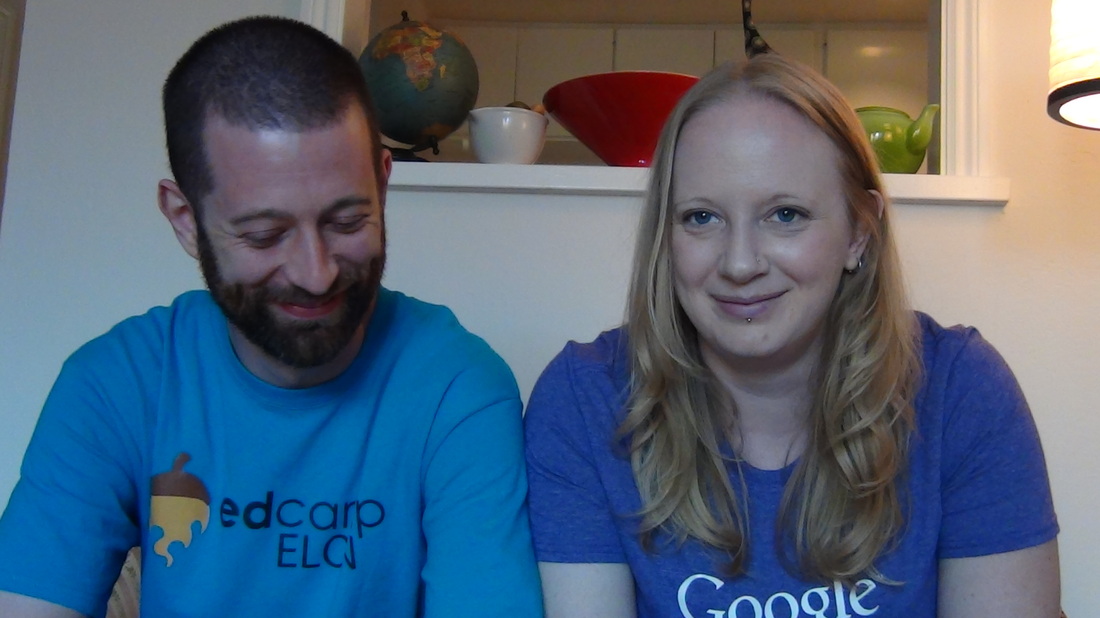They fall into a few groups:
- Students who struggle academically
- Students who struggle with self-regulation and attention
- Students who struggle with social situations/anxiety
All three present different challenges in a thinking classroom. The first group is the group teachers are most used to helping. We can scaffold skills, help provide them extra information/keep-thinking hints, or work with group members to help explain concepts to them.
The second and third groups are the ones I've worked on supporting this week. It's usually opposite problems, but I'm trying a strategy that has shown promise with both. It's something I borrowed from someone on the Building Thinking Classrooms Facebook group, but adapted for the roles I already have (writer, speaker, resource manager).
First, I have had them rotate their roles within a single class period, instead of rotating each day. So if they go to the boards three times, each person gets a chance to do each job. I write down who does what for the first round on my daily seating chart, but for the most part, I don't have to stay on top of them. They just do what they're supposed to.
But more importantly, the speaker now adds an additional responsibility: keeping a tally of participation. It's all positive - no marking off-task behaviour. If someone speaks to the group about the task, they get a tally mark.
The speaker keeps track using either a small whiteboard (I have a class set) or if there is room, on the group's whiteboard.
Here's what it looks like on two different assignments.
With the etymology paragraph, you can see a pretty even distribution of participation. That assignment is one I've been developing and is a regular feature on Fridays. Students have two Greek/Latin roots per week, and we discuss 4-6 vocabulary words that come from those roots. I give them a handout on Fridays (see below for an example), and they compose an original paragraph on the boards:
**
We will be working toward using rubrics (managed by the resource manager) in the next few weeks. I wanted there to be something that was more objective to help them measure what it looks like to be engaged in an activity, and this seems to be helping.
The new monitoring system has also helped clarify what kinds of participation are helpful within the group. We talked about:
- reading from notes
- asking a question
- clarifying something
- offering an idea
I've also been trying something for the students who genuinely just can't handle working at the boards (either because of something in the moment, or a larger issue, like unmanaged ADHD). After doing everything I can to get them on task, I quietly ask them to go work in the collaboration room next door. I am very lucky to have a completely empty classroom right next to mine, with no specific purpose, other than to be used as my team needs it. The goal is to remove the audience for the student that is perpetuating the off-task behaviour and reduce distractions so they can get some of the work done.
Today, I had two different students in two different classes working on the etymology paragraphs in the collaboration room. It's not perfect, and I don't like excluding anyone. However, it's maintaining the relationship without the strain of involving disciplinary procedures, it's helping the student learn coping strategies like "remove myself from situations where I'm going to get in trouble," and it's helping them show me what they are actually able to do when they can focus.
My hope is that it's a crutch that we use for a few days or weeks and slowly move beyond.
The reason I started trying this strategy is that I found myself giving a lot more correction and negative feedback than positive feedback. I was frustrated, and they felt like I was always on them for something (this is a direct quote from three separate students). By breaking the pattern, my hope is that they will learn how to function in a Thinking Classroom, and I'll figure out how to reach all students and get the best out of them.
I think learning how to manage engagement is one of the biggest challenges of a Thinking Classroom, especially when most of the strategies in a teacher's toolkit come from managing students who are sitting in a seat most of the time. I was never a "sit for 90 minutes straight" type of teacher, but I also didn't have them up and moving nearly as much before trying the BTC model. And with that, comes new challenges.
Do you have solutions in your thinking classroom? I would love to hear about them.




 RSS Feed
RSS Feed
